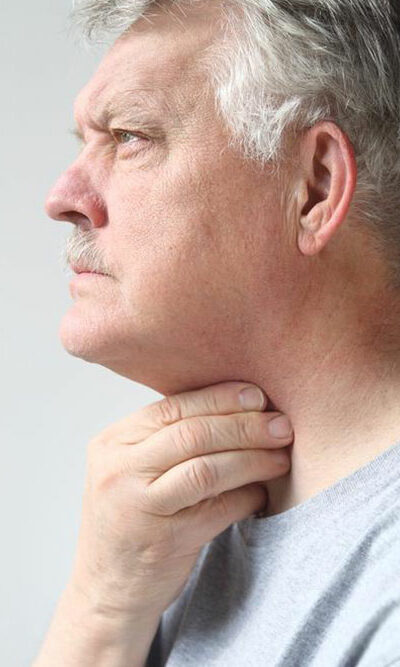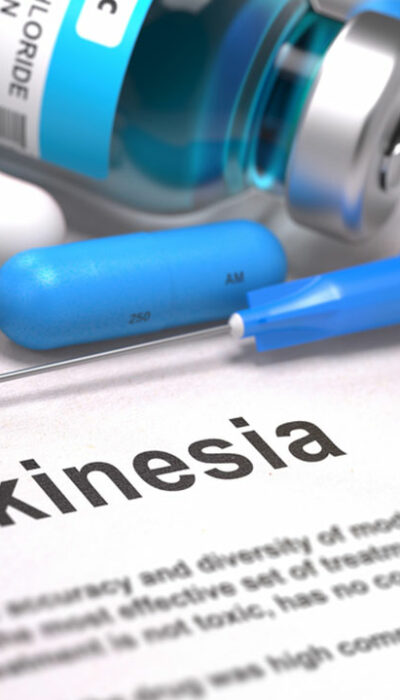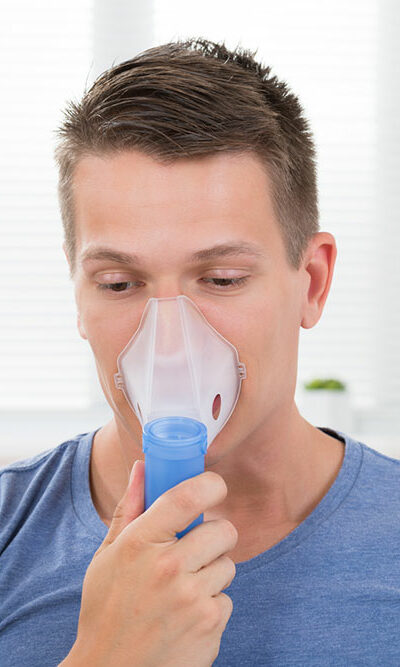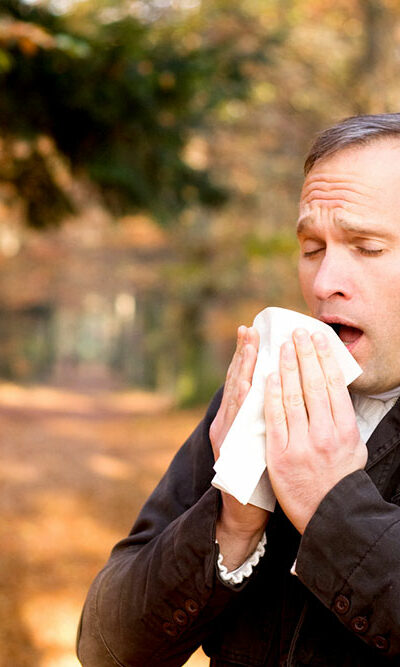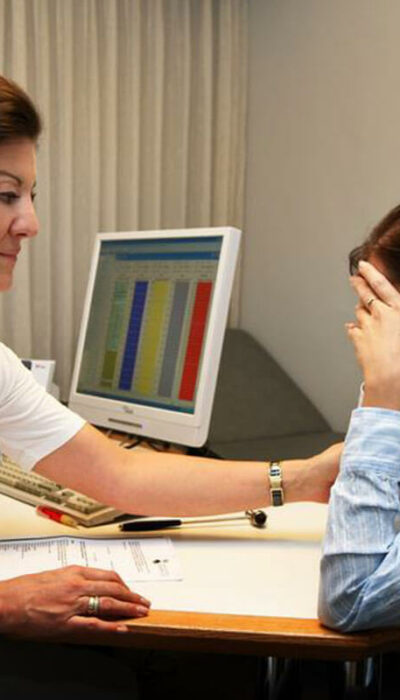
Everything You Need to Know About Medullary Breast Cancer
Medullary Breast Cancer is a rare type of cancer with a better than average prognosis. Here’s everything you need to know about the disease. Similar to most other types of breast cancer, medullary breast cancer may not manifest in any type of visible symptoms during its early stages. This is a rare type of breast cancer that accounts for only about 5 percent of all breast cancer cases. However, the good news is that medullary breast cancer actually offers a better prognosis and survival rate as compared to other breast cancers . If you have been diagnosed with medullary breast cancer, here’s everything you need to know about its symptoms, diagnostic methods, and treatment options. What is medullary breast cancer? Medullary breast cancer is a rarely-occurring type of invasive ductal breast cancer. One of the pivotal risk factors of this cancer is a genetic mutation known as BRCA-1. People who are carriers of this genetic mutation have a higher chance of getting medullary breast cancer. Similar to other types of invasive ducal breast cancer, this type of cancer also starts in the milk duct of breasts before spreading to other tissues eventually. The word “medullary” comes from the fact that the epidemiology of the tumors of medullary breast cancer resemble the graying soft tissue matter in the medulla or the brainstem. How is medullary breast cancer different from other breast cancers? As compared to other types of ductal breast cancers, medullary breast cancer differs on a number of counts. The medullary tumors are actually smaller than average at about 2cms or so. Even though they are small, the cells of this cancer are high grade ones. This means that the cells look very distinct from normal cells, and are generally dividing very rapidly. Known as triple-negative tumors, these cells generally test negative for progesterone and estrogen receptors, as well as the protein HER2 or neu.



